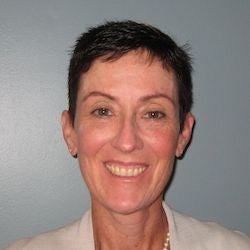How to consider risk in personal decisions about re-opening? CHDS faculty Eve Wittenberg discussed the trade-offs inherent in risky decisions with WBUR’s reporter Carey Goldberg (Read/hear the WBUR interview). The decision framework used in thinking about how to re-enter our daily routines is similar to the typical decision science model: how to balance risks and benefits. The “perspective” also matters: “the decisions are intensely personal but also intensely societal at the same time, which is partly what makes it difficult,” Wittenberg said. While some decisions, like visiting a relative, may affect only one or two people, “going out to eat is different, in that it affects you, and it also affects the other people in the restaurant as well as, importantly, the workers in the restaurant.” As in all medical decisions, to whom benefits accrue is important, and a societal perspective requires consideration of everyone who is affected.
Wittenberg also highlighted the importance of the qualitative nature of risk in decisions. Risks undertaken voluntarily are considered “less risky” than those that are involuntary. Returning to work out of necessity is quite a different decision than dining at a restaurant or getting a haircut. “We can put activities into buckets of low, medium or high risk,” she said, “and then think about me being exposed, other people being exposed, who’s taking this risk by choice, who’s not taking this risk by choice? Then I think we can sort of get some parameters, some boundaries on making decisions that will at least feel a little bit more satisfying than this completely, ‘Who knows what to do? We’re all going to do something different.'”
Decision psychologist Baruch Fischhoff of Carnegie Mellon and Steven Woloshin of Dartmouth also contributed to the story.
Read/hear the WBUR interview
Learn more about measuring inputs to decisions
Related news: Executive/Continuing Education Risk Analysis Course
Related news: Nowcasting and COVID-19
